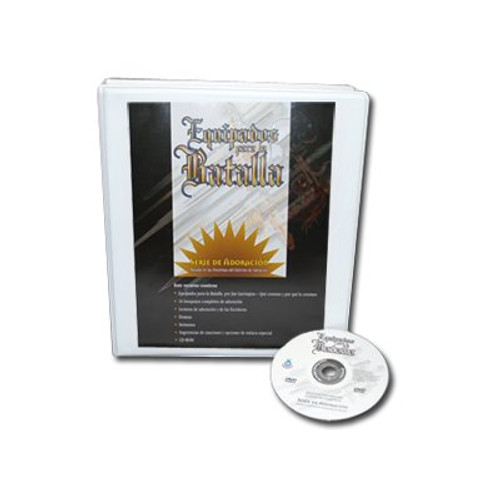Product Description
Martin Cordner
Part 1 ᄀᆰ Home of the Brave
The first part harks back to Native America and speaks of the pursuit of peace and harmony. It opes with mysterious-sounding chords and native percussion sounds which paint a sound scape of an unknown land. Six words from Native American languages are sung ᄀᆰ they represent the word "peace" in six languages:
- Achukma - Choctaw language
- Dohiyi - Cherokee language
- Chkenon - Onondaga language
- Scanonie - Wyandot (Huron) language
- Sipila - Hopi language
- Likei - Tlingit language
The Native American lands and its people are celebrated by a driving optimistic allegro dance. As foreign visitors arrive the music begins to quiet. A wagon train of exhausted Europeans bring families, livelihoods, and a culture from far away lands. Within the culture are the Christian faith and the singing of hymns ᄀᆰ "How Firm a Foundation" is heard for the fist time on flugel horn and first baritone. The people bring with them hope that their lives and a new nation will be built on a firm foundation.
When groups of people seek to live alongside each other, the journey is rarely smooth. The continued ongoing struggles between indigenous and foreign people around the world are acknowledged in this movement which closes out further choric pleas for peace, and a lamenting Native American cry on the flugel horn. It concludes in a somber, yet expectant mood.
Part 2 ᄀᆰ Land of the Free
The second part paints a picture of the country we know today as the USA and speaks of the pursuit of liberty and opportunity. It opens with a stately section painted on an E-flat major canvas. A freedom motif is played by solo trumpet. The mood is up-beat and optimistic, as if the motif expanded and carried through by cornets and horn within a rock music context.
Forging a path to liberty and opportunity is rarely straightforward or peaceful, and the new society seeks to advance into the modern age (represented by a mechanical-sounding minor key and 12/8 time signature). Cries for progress in high horn and trombone motifs jostle for domination with voices from the past who cry in remembrance of provision and faith and "How Firm a Foundation."
There is a call to reflection as the freedom motif is hear in solo horn, and a lone cornet brings the nation to prayer with a single verse of "Come, Though Fount of Every Blessing" using the American folk tune of "Nettleton." The song affirms the priority of worship and that a successful future is dependent on faith in God. Verses 1 and 5 say:
- Robert Robinson (1735-90) SASB 313
- Come, thou fount of every blessing:
- Tune my heart to sing thy grace
- Streams of Mercy, never ceasing,
- Call for songs of loudest praise.
- Prone to wander, Lord I feel it.
- Prone to leave the God I Love:
- Here's my heart, Lord, take and seal it.
- Seal it for thy courts above.
Remembering its root and its struggles, the new nation then gives thanks in a lyrical Thanksgiving hymn. This original melody increases in intensity as it is presented three times: first by solo euphonium, then by tenor horns, and finally by the full ensemble.
In the closing section, a bubbling tuba duet indicates a new found effervescence of the people. "How First a Foundation" returns, this time within the mechanized 12/8 contest ᄀᆰ broader, faster, and with greater anticipation ᄀᆰ indicating a collective realization that the key to the moving forward of a nation in its pursuit of peace, harmony, liberty and opportunity is a faith in God through Christ.
- Anon, SASB 653
- How firm a foundation, ye saints of the Lord,
- Is laid for your faith in His excellent word!
- What more can He say than to you He hath said,
- To you who for refuge to Jesus have fled:
Within the finale there is a reprise of the Freedom Theme and familiar motifs from popular and classical American music. They represent a final celebration of Americana - that is, the essence of America.











